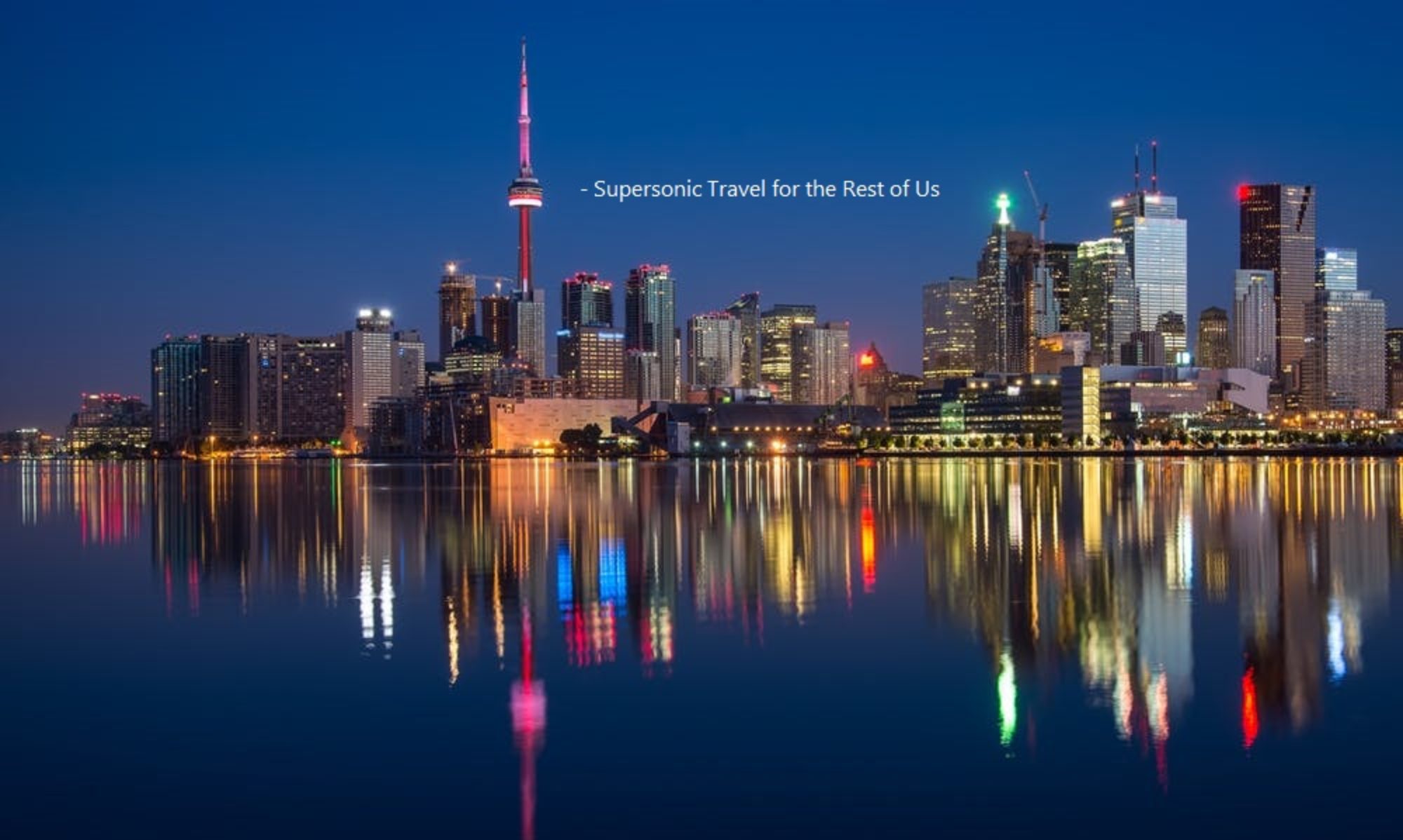Why will this design for supersonic aircraft succeed where others have failed?
First, it’s the fuel (and it’s not batteries)
The 4-stroke ICE engine and combustion chamber are designed to run on pressurized propane (or natural gas) and eventually hydrogen. Why propane?
- A propane infrastructure already exists and consumers are familiar with it
- Propane burns much cleaner than the kerosene type fuels used by aircraft jet engines
- Propane 5 gallon and 7.5 gallon fiberglass pressurized tanks are readily available and provide modular, light weight and extremely safe form of pressurized fuel storage
- Pressurized gas actually provides additional energy that is added on the ground, similar to a battery. No fuel pump is needed for the gas since the pressure is already there to move the gas.
- 4-stroke engines are easily converted to run on propane.
Why not electric?
Electric battery technology has improved greatly over the past few years but the amount of energy per pound is still no where near the amount of energy in a pound of fuel. There is still around 50 times more energy in fuel than a battery but it is improving. Electric motors are very efficient but they are not that much more efficient than other types of engines.
Current electric VTOL aircraft are mostly designed after drones. This means many small propellers attached to many small electric motors generating down-force that creates lift. Many small propellers generating lift is the most inefficient way to generate lift. A helicopter with a single engine rotating a large propeller is still the most efficient way of generating lift, especially at slower speeds.
Why not an electric jet engine?
Electric jet engines do not exist no matter what you might read and most likely never will. Jet engines are so efficient because they use high compression to generate high temperatures and introduce fuel to release enormous amounts of energy. Electricity will never be able to do this. You can put a jet engine shroud around an electric powered propeller but it will never be a jet engine. Electric propellers can be designed to compress air, but for what purpose? Without fuel to ignite there is no reason to. Plasma jet engines are possible but very far away and would use so much electricity that they will most likely never prove efficient.
Jet engines are very efficient – despite themselves.
A jet engine operating on a commercial airliner at a cruise speeds of 600 mph will ingest the air and actually slow it down to as low as 60 mph to allow for compression. After combustion and exiting the nozzle the air re-accelerates to around 700 mph to maintain the 600 mph speed and overcome the drag of the aircraft. A RamJamJet engine only slows the air minimally for compression retaining much more thrust energy.
During combustion, jet engines will only burn as low as 20 percent of the oxygen available. Why? Because jet engines are always operating on the verge of complete meltdown. Jet engines operate at temperatures that would melt most metal alloys and therefore must constantly operate at less than optimal levels.
Science is always improving the metals used but because of the many tiny parts needed to operate jet engines, there is always a weak link that limits the operating temperatures of typical jet engines. RamJamJet engines do not suffer from either of these issues. RamJamJet engines jam the incoming air together at an angle of 45 degrees with minimal slow down. The special liner on the inside of the combustion chamber supports temperatures near 5000 degrees (jet engines try to keep temps below 3000 degrees)
Why small vehicles are better than large commercial aircraft?
A sonic boom’s intensity is determined by a combination of factors but the most impactful are size, weight and aerodynamic shape. A smaller, lighter vehicle alone will automatically greatly reduce a sonic boom. Once you add in an advanced and aerodynamic design, you have a vehicle that will have almost no sonic boom. Certainly one that will not be heard at ground level. The T-38 Talon supersonic trainer used by the Air Force is about the third of the size of today’s typical fighter jets. On the ground, the T-38’s sonic boom is barely heard while today’s fighter jets shake windows with their booms. The RamJamJet VTOL aircraft will be around a fifth the size of a T-38 Talon.
Small aircraft have other obvious advantages:
- The are usually quieter.
- They allow easier point to point transport of passengers.
- They can land and take off in smaller areas – especially VTOL aircraft.

